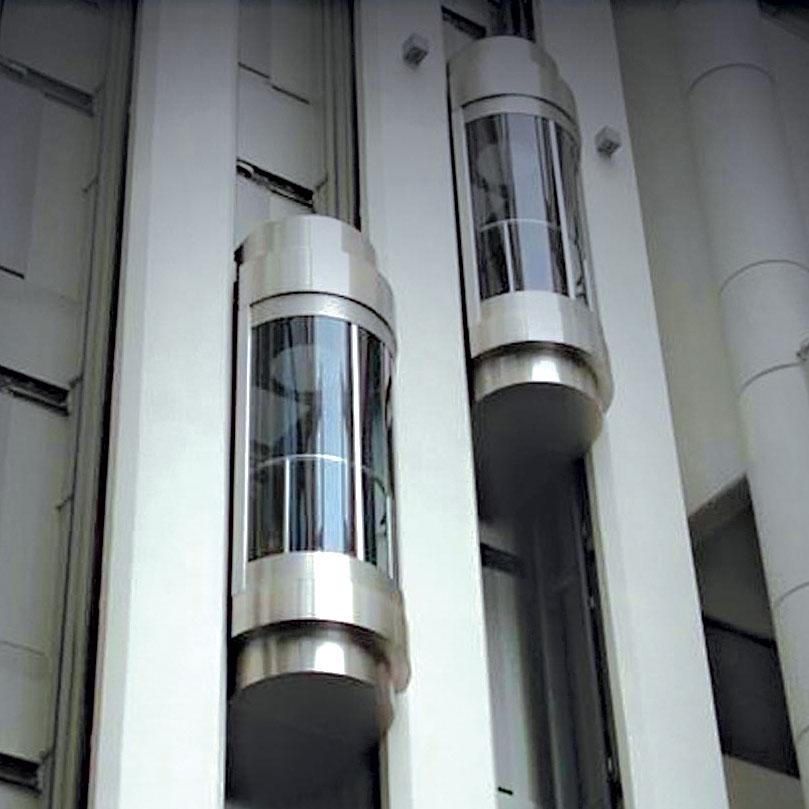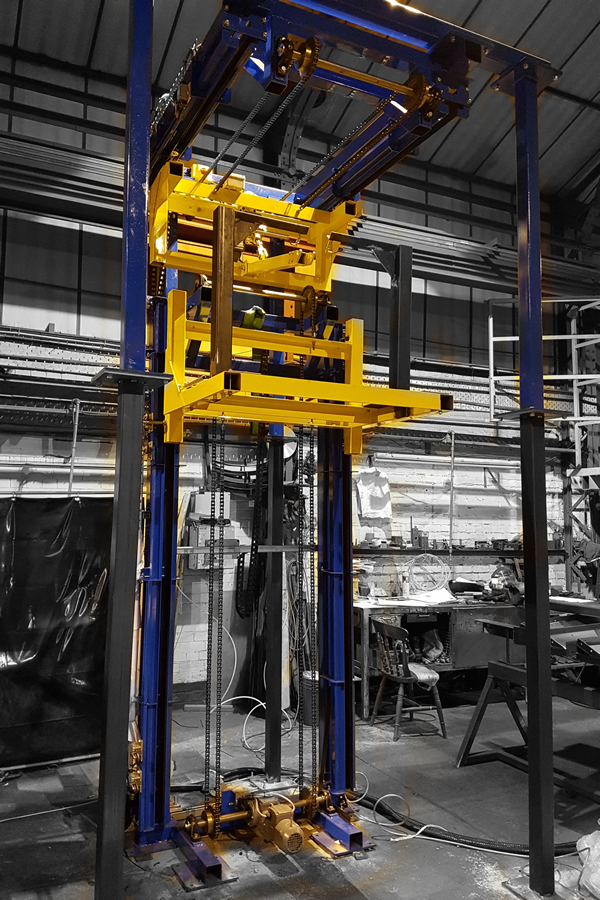Find Trustworthy Lift Repair Near Me for Quick and Affordable Service
Find Trustworthy Lift Repair Near Me for Quick and Affordable Service
Blog Article
Looking Into the Globe of Elevators: Usual Problems Faced by Numerous Lift Systems
As we navigate via the vertical transport systems of contemporary structures, elevators stand out as an indispensable element of our day-to-day lives. From hydraulic elevators to traction systems and machine-room-less layouts, each lift kind comes with its collection of common problems.
Hydraulic Elevators
Hydraulic lifts, often chosen for low-rise structures, make use of fluid stress to control the movement of the lift automobile (lift repair companies). This device involves a hydraulic pump pushing oil into a cylinder, triggering the lift to relocate the desired direction. While hydraulic elevators are understood for their smooth and peaceful procedure, they do come with their own set of common issues
One widespread problem with hydraulic lifts is oil leakage. The seals in the hydraulic system can break over time, leading to oil seepage. If left unaddressed, this not just produces a mess but can also affect the lift's efficiency. In addition, concerns with the control system, such as defective valves or a malfunctioning pump, can trigger interruptions in the elevator's movement.
Regular upkeep and punctual repair services are crucial to make certain the smooth performance of hydraulic elevators. By attending to these typical issues proactively, building proprietors can decrease downtime and make sure the security and efficiency of their upright transport system.
Traction Elevators
When taking into consideration upright transportation systems in structures, one more common kind other than hydraulic lifts is the traction elevator. Grip elevators run utilizing a system of ropes and weights that relocate the elevator vehicle by gripping onto the hoist ropes. This system enables smoother and much faster vertical transport contrasted to hydraulic systems.
One of the typical issues encountered by traction lifts is rope wear. The constant activity of the ropes within the traction system can bring about damage gradually, potentially triggering the lift to malfunction or come to be dangerous for use. Routine evaluations and upkeep of the ropes are necessary to ensure the lift's proper functioning and safety and security.
One more concern that traction elevators may run into is associated with the control system. Problems with the control system can cause concerns such as unpredictable motion, hold-ups in action times, and even complete shutdowns. Routine screening and maintenance of the control system are vital to stop such concerns and ensure the elevator's dependability.
Machine-Room-Less (MRL) Lifts

Among the essential components of MRL lifts is the compact gearless grip device that is mounted within the hoistway. This machine successfully drives the elevator cars and truck without the requirement for bulky tools found in typical grip lifts. Furthermore, MRL elevators typically utilize a counterweight system to balance the auto, further enhancing their power effectiveness.
Regardless of their benefits, MRL elevators may encounter obstacles related to upkeep and repair service due to the confined area for tools installation. Availability for servicing parts within the shaft can be limited, requiring specialized training for technicians. Correct upkeep routines and routine examinations are vital to make certain the ongoing smooth operation of MRL elevators.
Overloading and Weight Limit Issues
Are lifts geared up to take care of excess weight loads successfully and safely? Overloading and weight restriction problems are vital issues in elevator procedures. Elevator manufacturers layout raises with specific weight capabilities to guarantee traveler safety and security and tools durability. Surpassing these visit their website weight limitations can lead to various problems, including mechanical failures, delays, and safety and security dangers.
When lifts are overwhelmed, it places extreme strain on the electric motor, cords, and various other elements, potentially triggering break downs or malfunctions. If they detect excess weight, safety and security systems such as sensing units and overload sensors are in check my site area to prevent elevators from moving. Furthermore, surpassing weight limits can lead to increased power consumption and deterioration on the elevator system.
To minimize overwhelming issues, developing supervisors ought to prominently display weight limitations in lifts and inform owners on the relevance of sticking to these limitations - lift repair companies. Routine maintenance checks by qualified service technicians can also assist guarantee that elevators are operating within secure weight criteria. By dealing with overloading and weight restriction problems proactively, building owners can boost lift safety and efficiency
Electric System Failings
Going beyond weight limits in lifts can not just cause mechanical issues yet likewise possibly add to electric system failings within the lift framework. Electrical system failures are a vital problem in elevator procedure, as they can trigger unforeseen closures, malfunctions, or even security dangers. One usual electric concern is the overheating of components because of extreme present circulation brought on by straining the lift past its ability. This can bring about harm to the control, electrical wiring, or motor systems, resulting in costly repair work and downtime.
Additionally, power surges or fluctuations in the electric supply can likewise disrupt the elevator's operation, affecting its efficiency and safety and security. These electric disturbances can harm delicate elevator parts such as control board, circuit boards, or sensors, resulting in system failings. Routine maintenance and examinations are critical to recognize and deal with potential electric problems quickly, ensuring the secure and effective operation of elevator systems. By sticking to weight limits and performing routine electric system checks, building proprietors can reduce the threat of electrical failures in lifts.
Final Thought

Hydraulic lifts, frequently favored for low-rise structures, utilize fluid stress to regulate the motion of the elevator auto.When considering upright transport systems in structures, one more usual type apart from hydraulic elevators is the grip elevator. Traction lifts operate utilizing a system of ropes and weights that move the lift vehicle by clutching onto the hoist ropes. Unlike conventional lifts that require a separate maker room to house the devices, MRL lifts incorporate most of the parts within the shaft, eliminating the requirement for a dedicated maker area.In conclusion, elevators encounter common problems such as hydraulic breakdowns, grip system failures, and electric system troubles.
Report this page